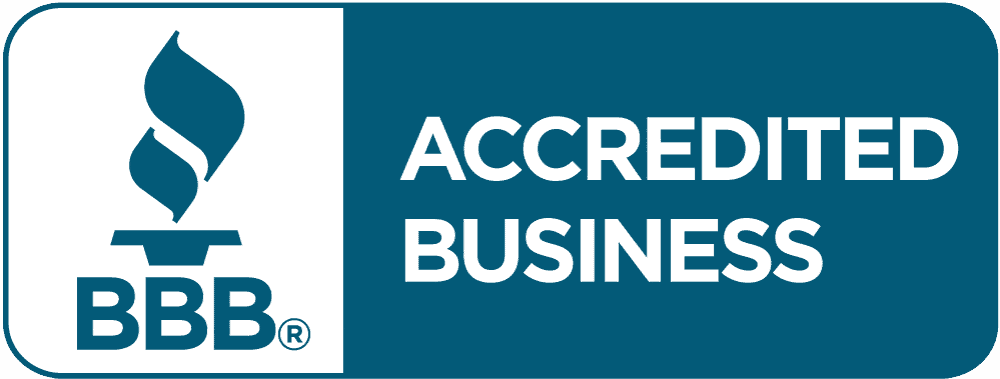
In the ever-evolving landscape of renewable energy, businesses seek certainty and incentives to make impactful, long-term investments. One crucial aspect contributing to the growth of the solar industry is the Modified Accelerated Cost Recovery System (MACRS). In this blog post, we’ll delve into the details of MACRS and its role in providing businesses with a framework for recovering costs, fostering innovation, and ultimately reducing costs for consumers.
Quick Facts:
Established in 1986, MACRS is a depreciation method allowing businesses to recover investments in tangible property over a specified time through annual deductions. Solar energy equipment qualifies for a cost recovery period of five years, offering a crucial market certainty that drives private investment in the solar and energy sectors.
MACRS as a Method of Depreciation:
MACRS is the current depreciation method for most property in the United States. The depreciation time frames vary based on asset classes, with recovery periods ranging from three to 50 years. Qualifying solar energy equipment falls into the five-year cost recovery period category. This method ensures a steady recovery of capital costs over the property’s lifetime.

Accelerated Depreciation Encourages Private Sector Investment:
The five-year depreciation period under MACRS is a powerful tool for businesses, allowing them to deduct the depreciable basis over a shorter timeframe. This results in reduced tax liability and an accelerated return on solar investments. The market certainty provided by MACRS has been instrumental in encouraging private sector investments, particularly in the solar industry.
Bonus Depreciation:
In response to the 2008 economic downturn, Congress introduced bonus depreciation to further incentivize capital investment. This accelerated the depreciation schedule, providing companies with a 100% depreciation bonus on qualifying capital equipment placed in service by December 31, 2011. Over the years, bonus depreciation percentages have evolved, with the Tax Cuts and Jobs Act of 2017 increasing it to 100% for qualified property acquired and placed in service after Sept. 27, 2017, and before Jan. 1, 2023.
Eligibility and Exclusions:
Under the new law, certain types of property are excluded from bonus depreciation. Notably, property primarily used in the trade or business of furnishing or selling electrical energy, water or sewage disposal services, gas or steam through local distribution systems, or transportation of gas or steam by pipeline, is excluded.
Conclusion:
The depreciation of solar energy property under MACRS plays a pivotal role in shaping the landscape of renewable energy investments. By offering businesses a clear framework for cost recovery, MACRS drives innovation, fosters growth in the solar industry, and benefits consumers by reducing overall costs. As the solar sector continues to thrive, understanding the intricacies of MACRS becomes essential for businesses navigating the evolving landscape of clean energy investments.
For more information on how MACRS and solar energy can benefit your business, contact us at [Your Company Name]. We’re here to guide you through the dynamic world of renewable energy investments and help you make informed decisions for a sustainable future.



